Hello ♡,
My husband and I try to walk our dogs together every day we can. We have our route and our routine. We have two dogs who love walking more than we do. Joyful chaos descends on our house when we say the word: WALK. And when we are not about to walk them we have to spell out the word so they don’t think it is time.
On one of our recent walks, in between our deep talks and jokes made in dog voices, we were commenting on the difference in Coco (the brown lab) and Sweetie’s (the black lab) disposition towards passing other dogs.
You see we have developed a compassionate strategy by which I tuck Sweetie beside me and furthest away from any passing dogs. So, as we pass a dog walking, or barking from their yard, on the other side of the street there are three layers between Sweetie and that stimulus: Coco, my husband, and me…then there is Sweetie. I read somewhere that reactive dogs are better able to stay calm when they don’t feel like they need to protect you - when they are not the front line between you and something else. This certainly holds true for Sweetie. She would never start a fight, but I am pretty sure she would try to finish one if she felt threatened.
As we passed the annoying snarling dog with the electric fence who barks aggressively and incessantly (we are always relieved when he is not outside), we went into our Sweetie protection formation. Sweetie did great, a little tense, understandably, as this dog sounds like it would attack all of us if the electric fence battery failed. Coco, on the other hand, seemed completely unphased. She trotted ahead of all of us, seemingly unbothered, and barely aware, of this snarling barking dog feet away.
We commented on how “intense” Sweetie is, and how “happy go lucky” Coco is. The difference is remarkable in these moments of perceived threat. And then as we kept talking my husband paused and said, “You know I just realized, Sweetie has a trauma history, and Coco has none. Of course Sweetie acts differently.” He was right. We knew this, but had forgotten in the moment of judgement. Haven’t we all forgotten important truths and judged ourselves or others instead?
We began listing the traumas Sweetie had encountered since she was a puppy. Most notably were the little white dog who attacked her when she was a puppy, my husband had to physically remove this dog off her neck, and for years she would react to any dogs that were little and white. And the other being a time when a pitbull mix attacked us, I still have the scar on my leg, and my husband had to keep picking up the dog and essentially throwing it away from us as it kept attacking Sweetie and I. Sweetie’s body remembers danger when she hears aggressive barking. Coco? No such memories. Therefore, no such reactions.
Sweetie makes sense. She’s not high strung, she’s not too intense. She makes sense.
And so do you.
You see, far too often we live in our present day reactions without curiosity of the past. We are fatigued and annoyed with our “reactiveness,” without remembering, knowing, or exploring the painful “why” of how we are reacting. My suspicion is, if there is a reaction you have that feels big at times, there is a story as to why. Why is this important to name? Because identifying your story is your way out to more insight, relief, choices, and soothing.
Knowing your story is essential, and here are some insights around that:
Compassionate Understanding - I have yet to meet someone that doesn’t make total sense. Everyone makes sense when you have access to their story. It doesn’t mean some things don’t need to change, but there is a reason for each reaction. Uncovering that reason is the way to more freedom.
Compassionate Strategies - Have you ever heard of the phrase, “you can’t heal what you don’t feel?” I would go further and say, you can’t treat what you can’t name (I wrote my book about that). To find healing, you must know and name your own story. And for those pains that linger, you must identify them to implement strategies that soothe and calm, and help you cope. Just like Sweetie walking furthest away from passing dogs.
You Can’t See Someone’s Story on the Outside - Your story is not usually visible, and neither is anyone else’s. So have compassion for them, and also for yourself. No one wears a sign that says, “bitten by dogs before.” And yet, everyone has a story.
It’s Not All of Nothing - Knowing your story also helps you keep it in perspective. Sweetie, per her name, is the dearest and most loving dog. People always ooh and aah at her soulful sweetness and cuddles. She perks up whenever a car stops at a stop sign, thinking it is a friend. She wags whenever she hears any child laughing, even on a far away playground. Her painful story is one chapter, not the whole book. And the same is true for you.
Don’t Compare - Our comparing of Sweetie and Coco’s responses to other dogs is pretty useless when you dig a little deeper. Their stories are completely different, and so comparison of their responses isn’t even that logical. The same is true for you. Your story in your body, your life, your relationships, your community, your week (!) may look completely different than your neighbor, classmate, or office mate. Comparison is therefore kind of a waste of time. (And anyway we are often comparing in ways we think we are lacking, another reason to give this up.)
Knowing What You Need, Therefore Doing What You Need - Finally, understanding your story helps you know what you need. Doing what you need, choosing healing things and relationships not only helps you cope and calm, it can also help you heal. Therapists call new healing experiences of old moments of wounding “corrective emotional experiences.” This means you are correcting and healing an older experience by replacing it with a new one. Every time Sweetie walks by a reactive dog and IS safe, she heals a little bit. We can even pass by little white dogs barking with our strategy without her getting scared now.
Summary? You make sense. And knowing your story is freeing, grounding, clarifying, and soothing. You’re worth that investigation and naming.
Sweetie and Coco spend most of their time cuddling and finding sun spots. I hope their little story can help shed some light on your own, and remind all of us the need for compassionate understanding.
With you,
Monica
Book News!!
This special series I made with my friend Sarah Bragg is now live!! This was so much fun to make. I thought how much I would love this as a reader of books too. You will learn a lot I hope, and maybe smile and laugh some too. There will be six episodes coming out every two weeks until the book comes out May 13th.
Finally, I am recording my audio book NEXT WEEK!! I am excited and a bit intimidated, but I can’t wait to share it with you.
Preorder here today! Or here! Or here! Or anywhere you want to support!

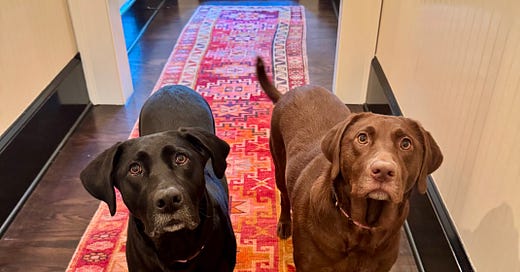



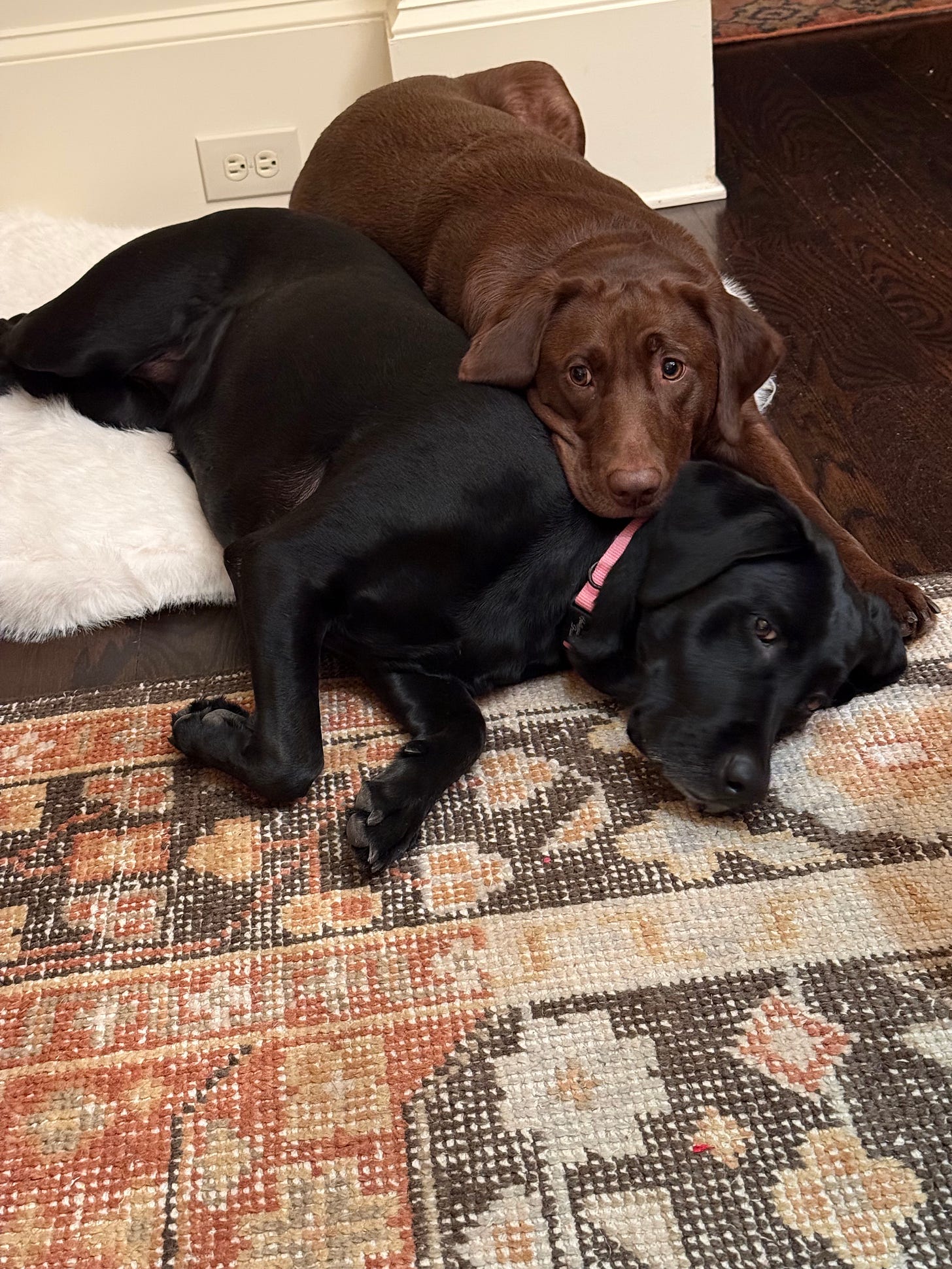
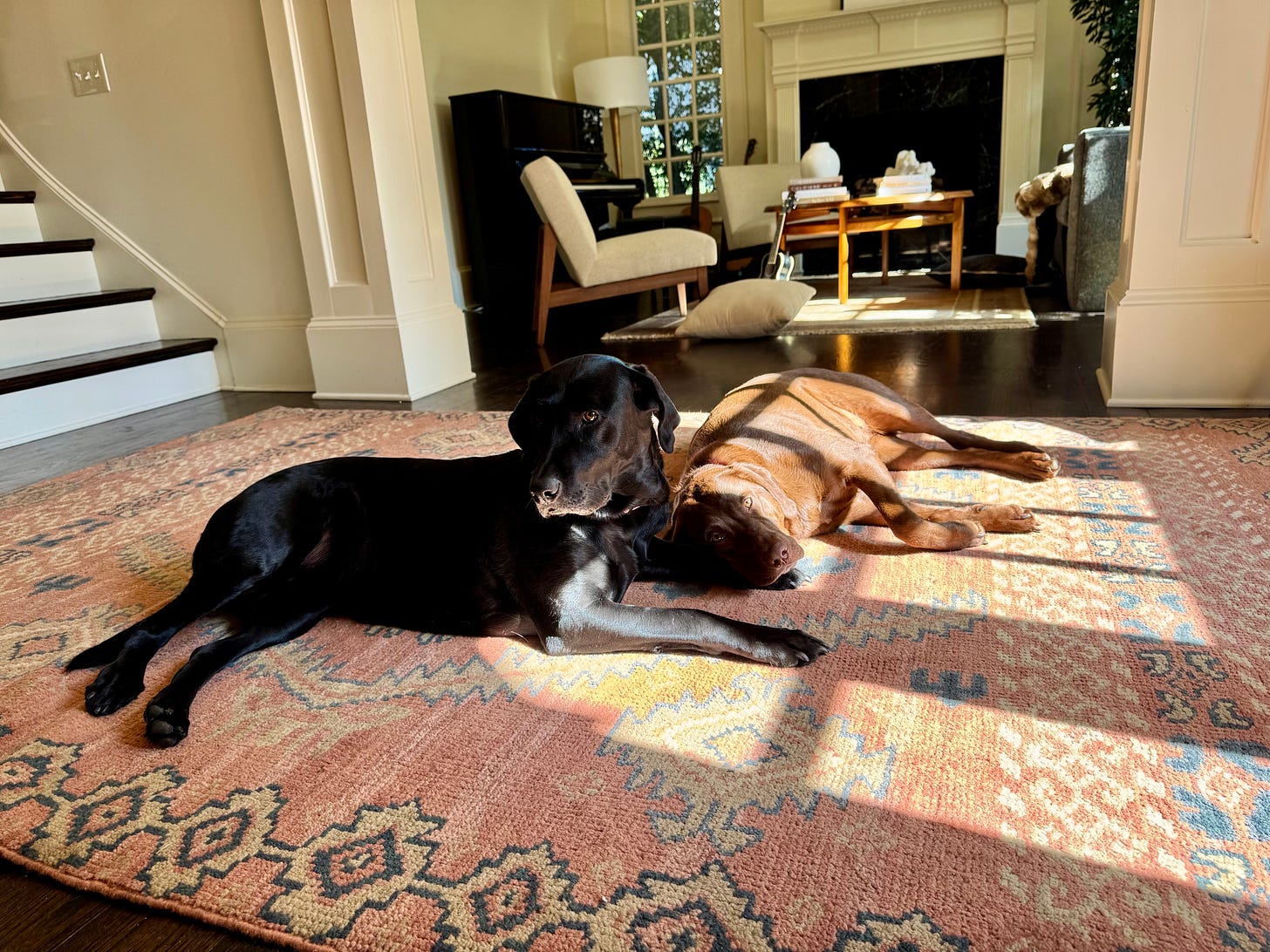
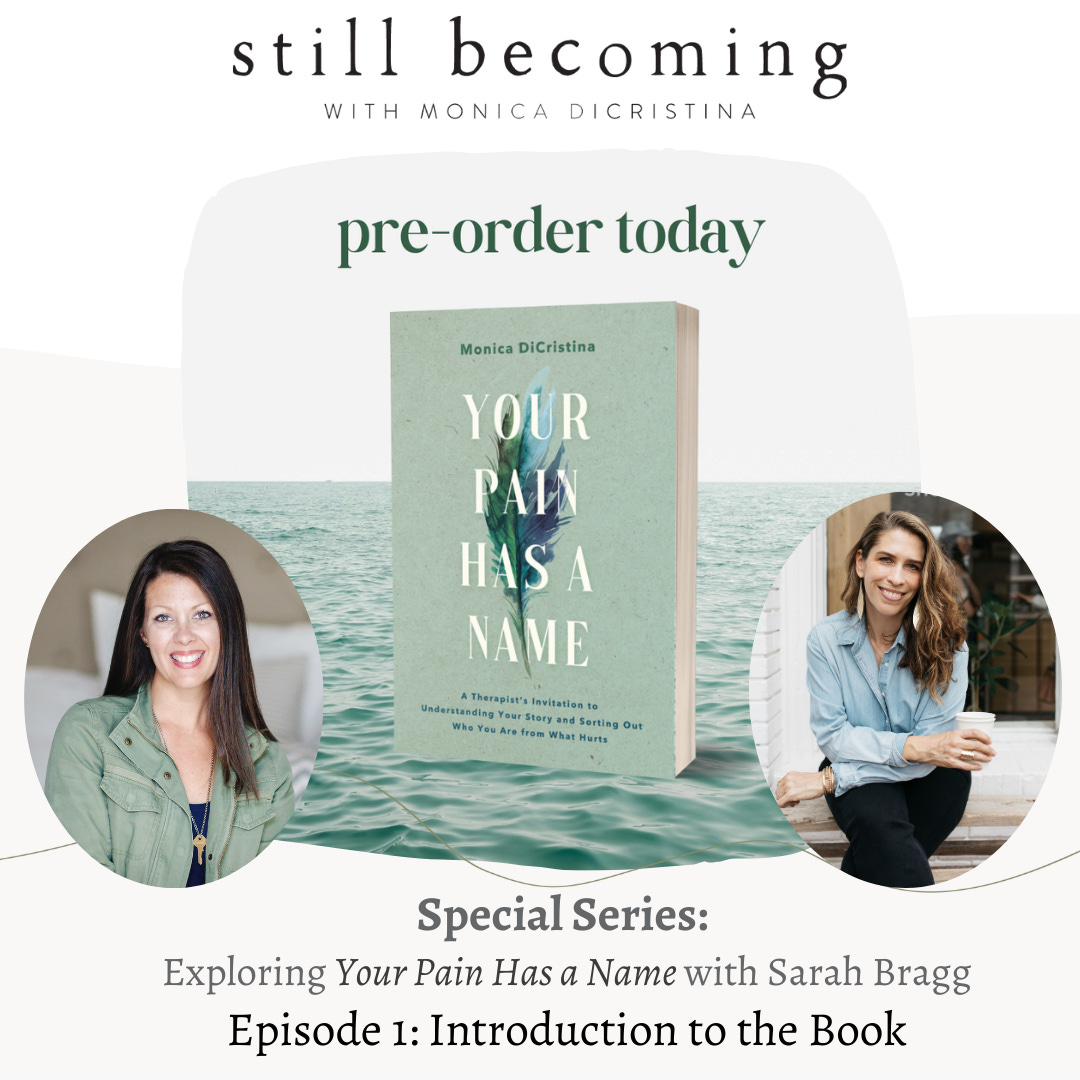
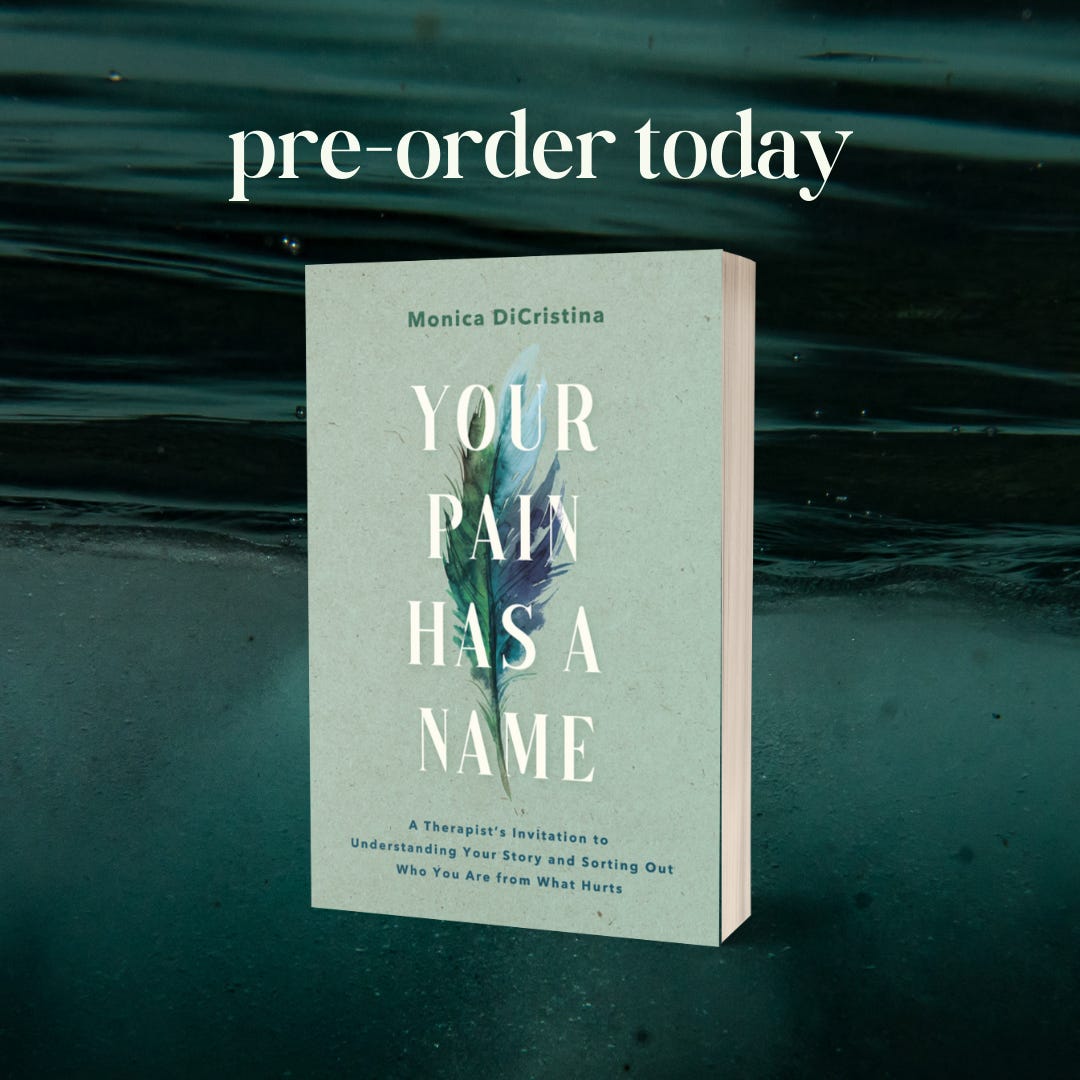
What a wonderful, insightful analogy! I know our beloved fur family members teach us much about ourselves, but I particularly love the concept that comparison is not even logical when dealing with completely different stories. A wonderful way to contemplate the aspect of lack. Always appreciative of your insight Monica!
Loved your Podcat on Redtoration
Therapy. Love, Fran